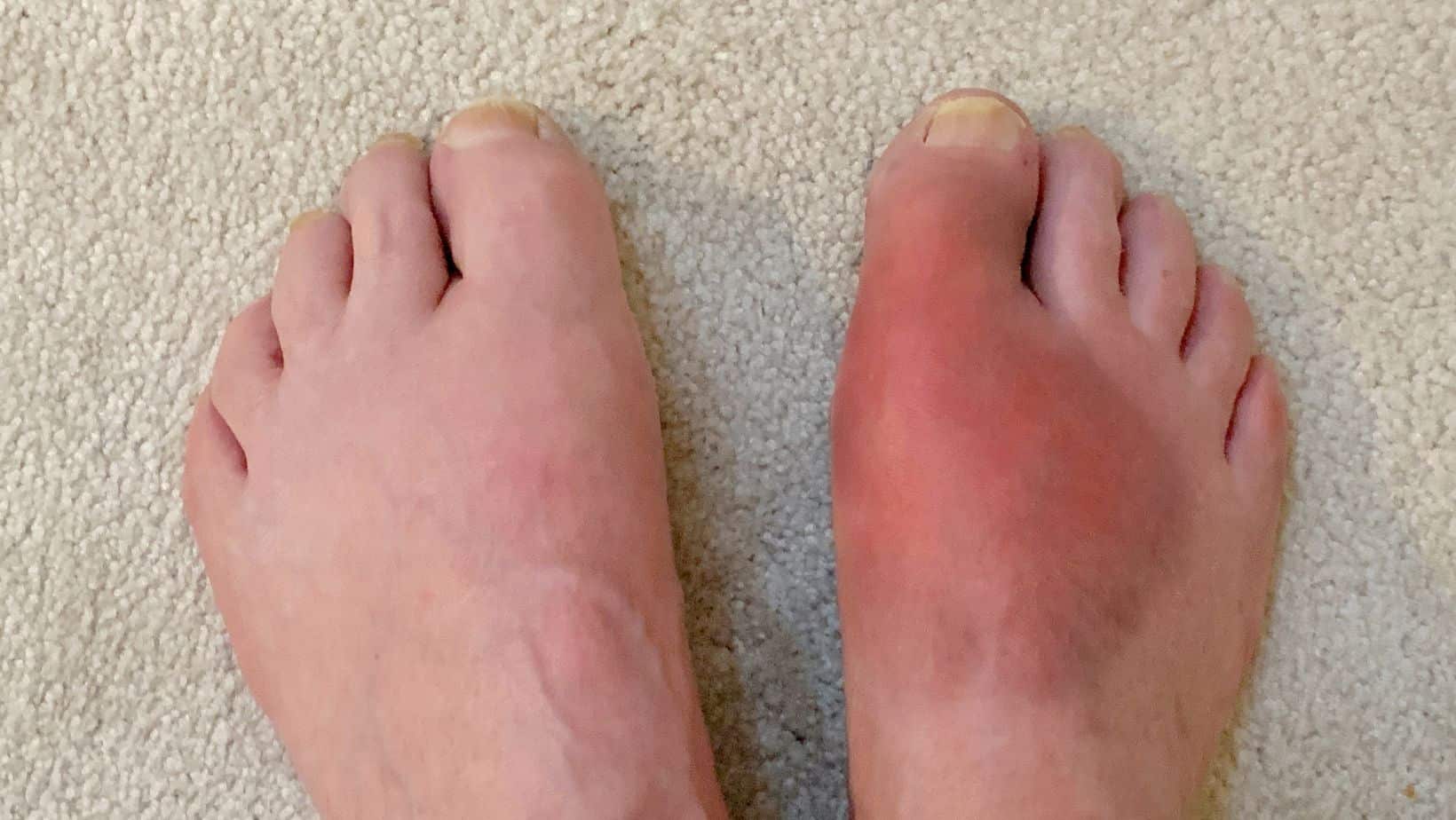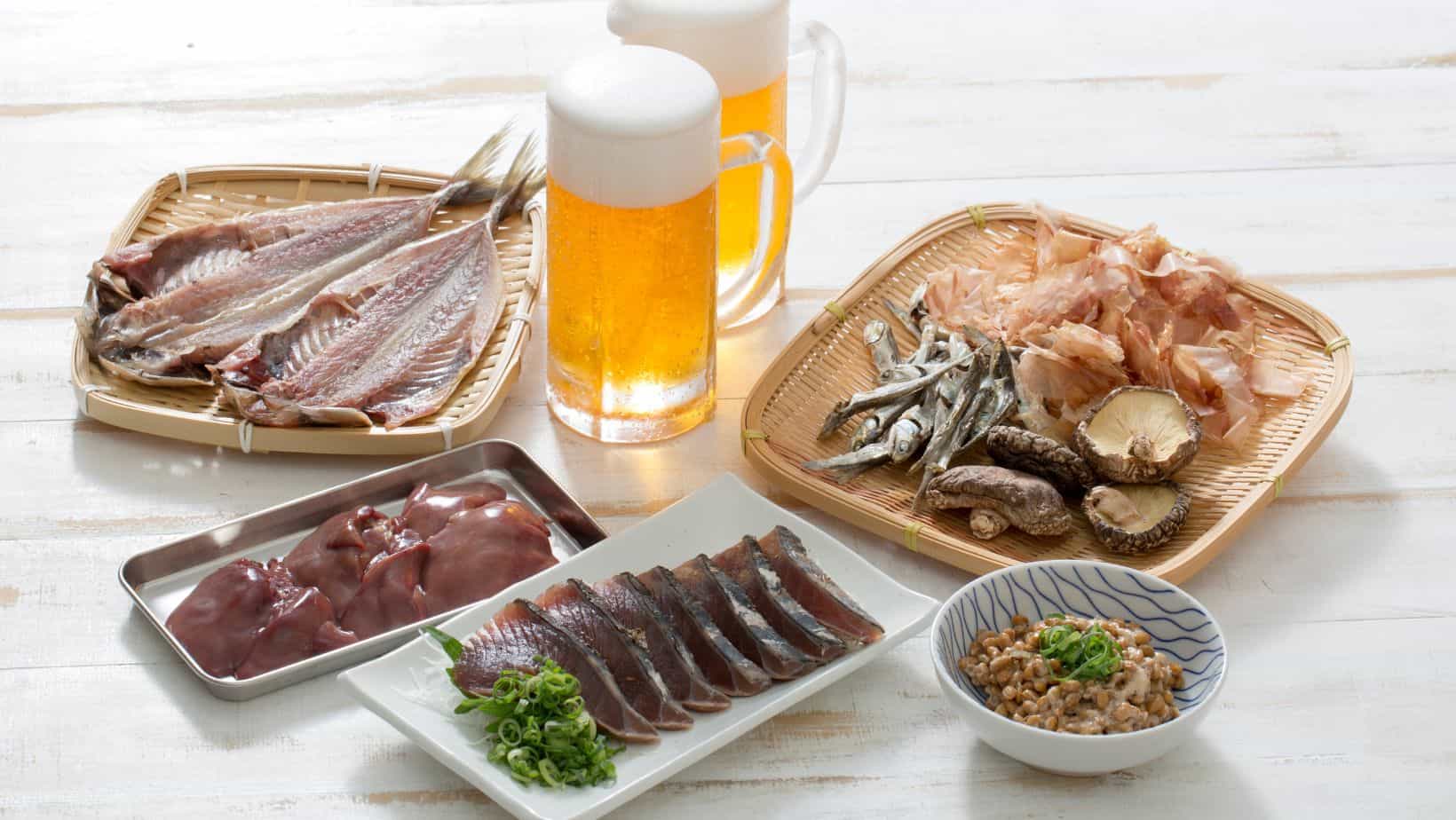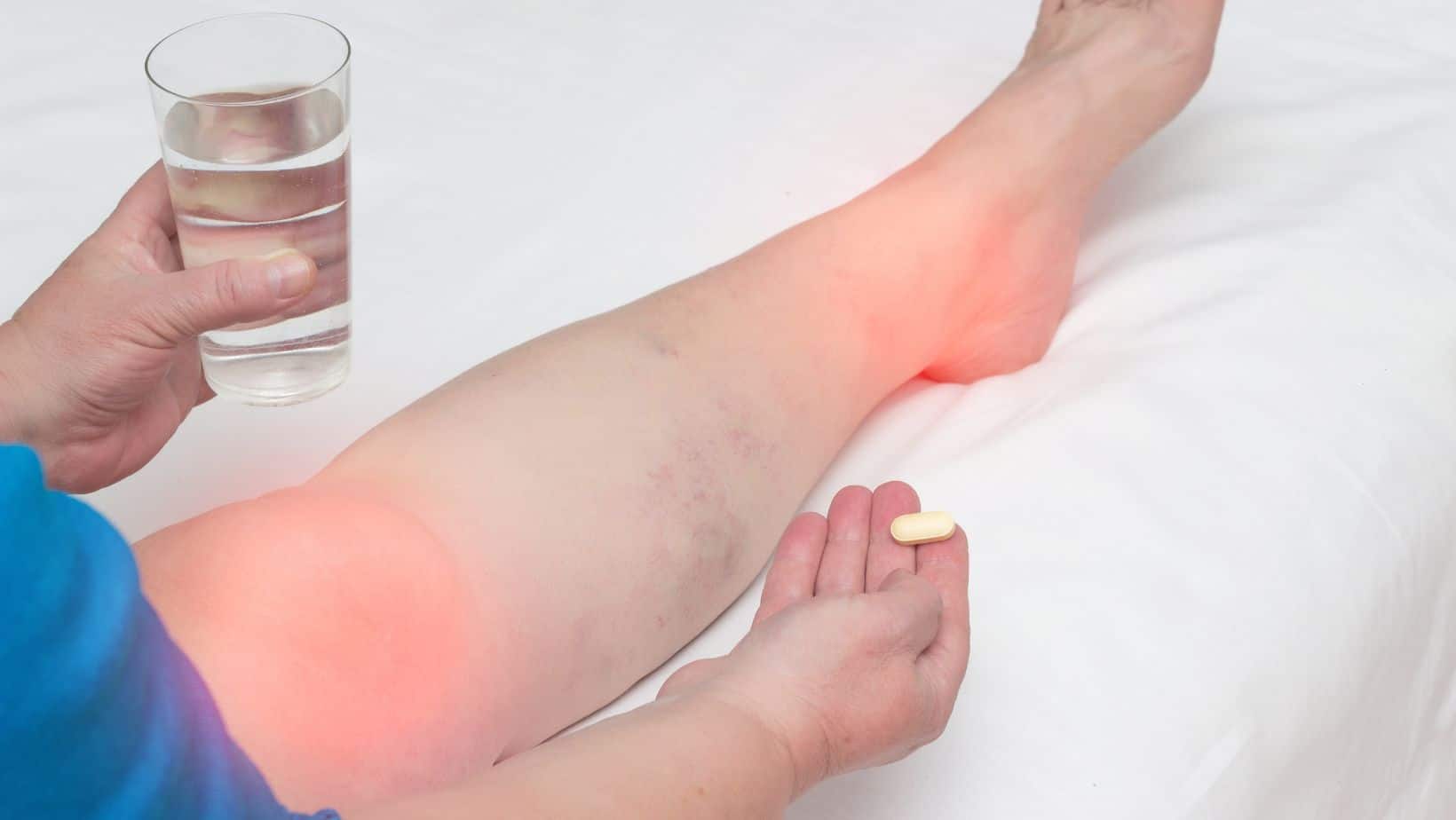Differential Diagnosis of the Big Toe
Read More >
Can you get gout in your knee? Yes. Gout will most commonly affect the big toe but it can also occur in the foot, ankle and knee, as well as any joint in the body. Gout is a form of inflammatory arthritis, that occurs in periodic episodes, or attacks. It was previously known as a condition suffered by gluttonous aristocrats as it is often triggered by a period of increased consumption of alcohol and rich foods. It is now the most common inflammatory arthropathy in men, it has an incidence of 1.4% in the general population. Women are much less likely to experience gout and for women it is usually after menopause, as oestrogen seems to have a protective role (Hak et al, 2010).
Gout is most common to occur for the first time in the first metatarsalphalangeal joint (the big toe) for about 56-78% of cases, with less frequency in the mid foot, ankle and knee, the chance of gout in other joint increases with subsequent gout attacks. The joint in the hand, wrist and elbow are affecting in 13-46% of cases (Roddy, 2011).

Symptoms of gout in knee are similar to symptoms in the big toe. The joint will rapidly become swollen, red and painful. It is common for this to occur at night, and many people are woken in the second half of the night by the sudden onset of pain. The affected joint may also feel stiff. Gout can affect just one joint or multiple but will usually be worse in a particular joint, this can be linked with wear and tear to the joint that was previously present. Gout knee pain is usually described as intense, severe, burning or sharp. Gout in knee symptoms can vary from person to person.
Gout is usually a recurring condition, so what triggers gout? Gout is caused by high levels of uric acid in the blood which crystallises in joints. This high level of uric acid can be triggered by increased consumption of alcohol and eating food high in sugar or purines. That is typically refined carbohydrates and sugary food, or red meat, liver, kidney and some seafood. Certain medical conditions have a higher incidence of gout such as obesity and insulin resistance, high cholesterol, heart disease and kidney disease. There is also a genetic factor, a family history of gout will increase your risk.

Yes. Gout can be caused by stress, and is a known trigger for gout flairs for many people. This is because stress and anxiety are also related to higher level of uric acid in our blood.
Gout should be suspected if there is a sudden onset of pain, redness and swelling of the big toe, to be specific the first or both metatarsophalangeal joints, with no history of trauma. The diagnosis of gout should be considered if these same symptoms occur in any other joint. The midfoot, ankle, knee being the next most likely joints to present with gout, but the hand, wrist and elbow can also have gout. These are the recommendation from the National Institute for Clinical Excellence that were updated in 2022. Often this sudden onset of symptoms can occur at night, more commonly in the second half of night, and can be severe enough to wake up the individual.
To confirm the clinical assessment and examination, a blood test to see the serum urate level will be done. A serum level of 360 micromol/litre or more is a positive diagnosis for gout. If the tested level is lower than 360 micromol/litre the test will be repeated at least two weeks after symptoms of the gout flair have reduced.

Treatment for gout in the knee is predominantly medication and diet management. There are effective medications to treat the flair of gout, these include non-steroidal anti-inflammatory drugs, colchicine, and glucocorticoids. Preventative medications are also available that work to reduce the build up of uric acid in the blood and reduce the risk of gout flairs, these include Allopurinol, Febuxostat, and Probenecid. Addressing diet and lifestyle factors is an important part of reducing flairs. If medication is not effective, surgery may be necessary to prevent further joint damage.
Gout is a common condition but can be mistakenly diagnosed as there are many conditions that can present with similar symptoms, such as: Pseudogout which is the build up of Calcium Pyrophosphate, other inflammatory arthropathies, or cellulitis.
This is not medical advice. We recommend a consultation with a medical professional such as James McCormack. He offers Online Physiotherapy Appointments for £45.